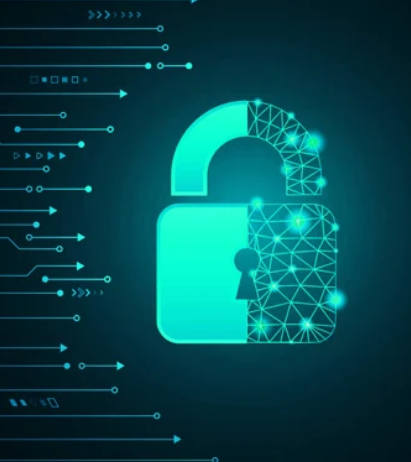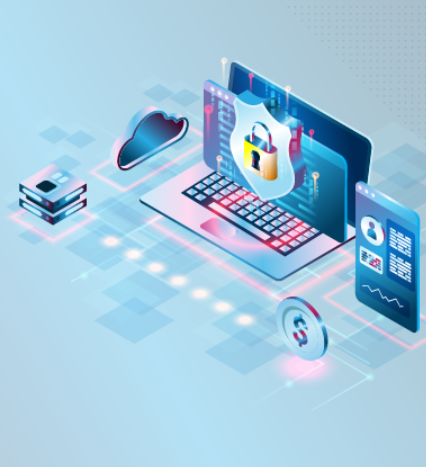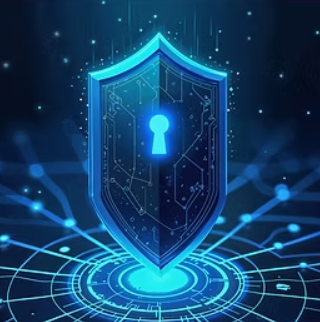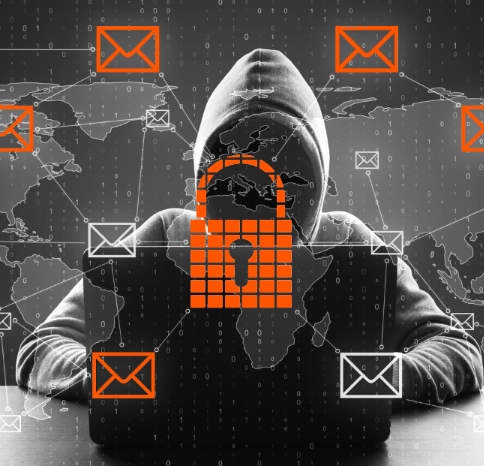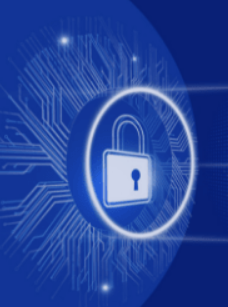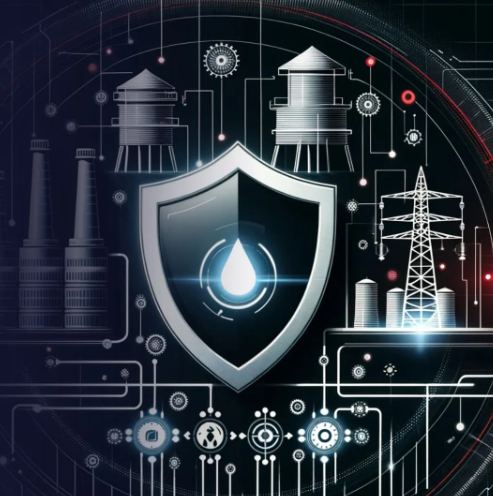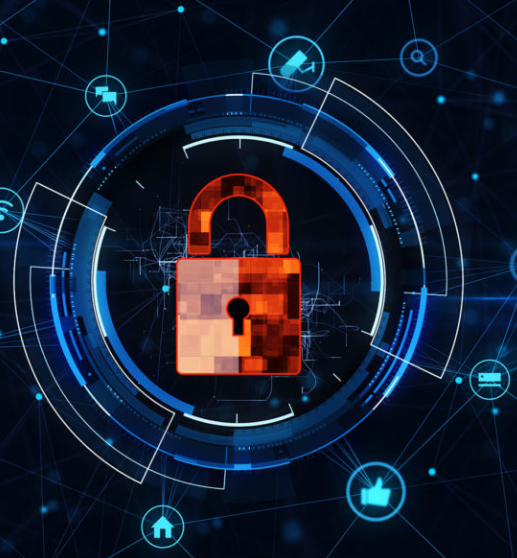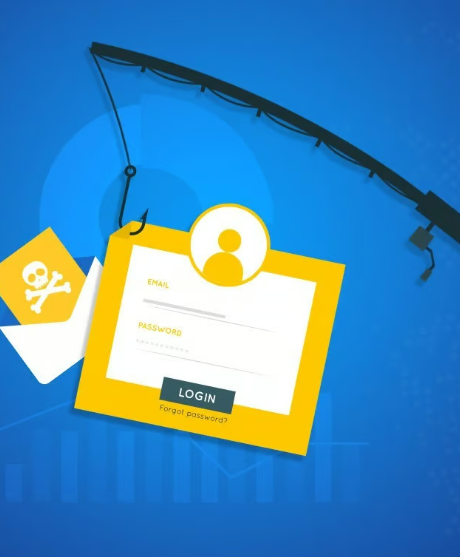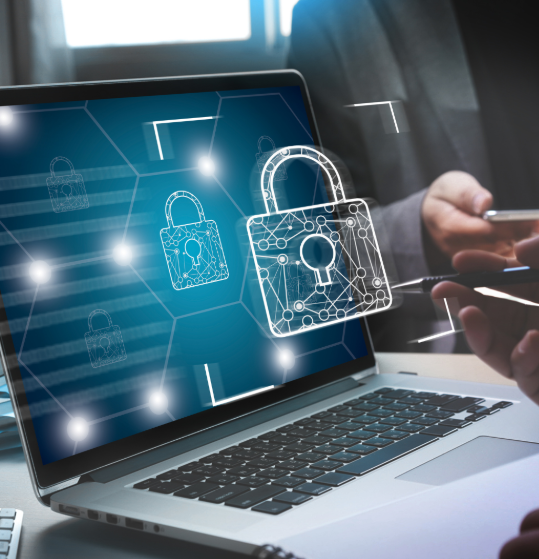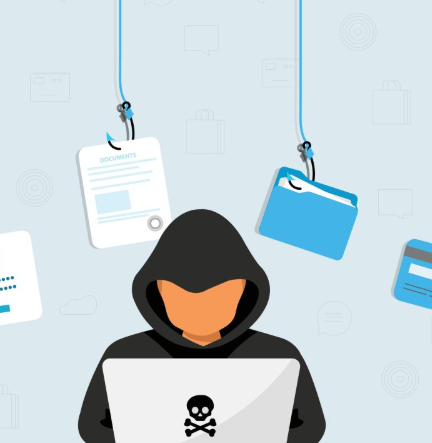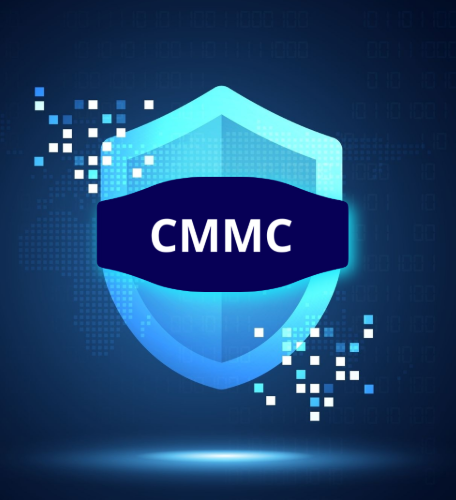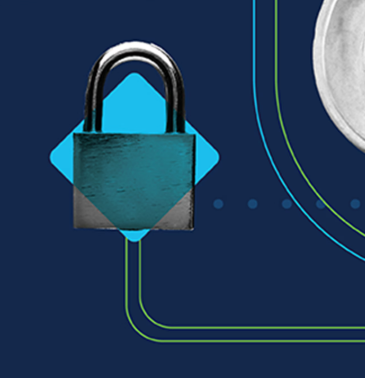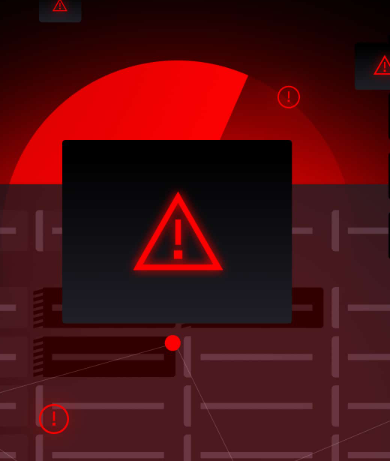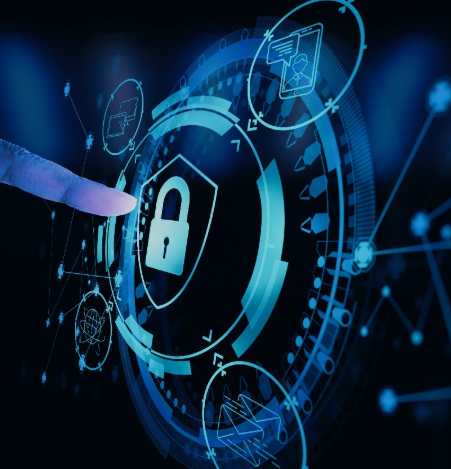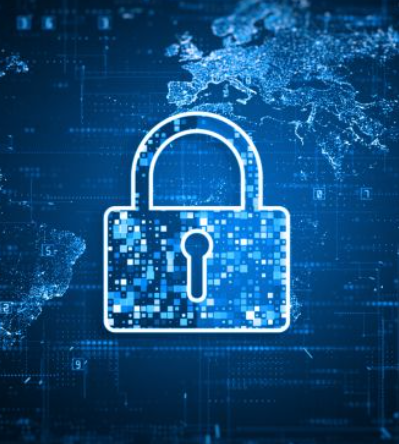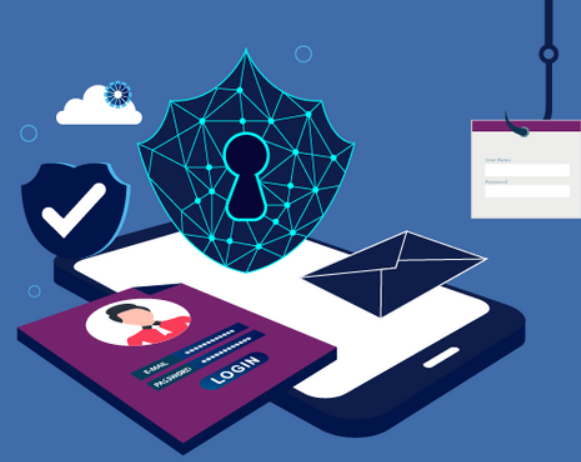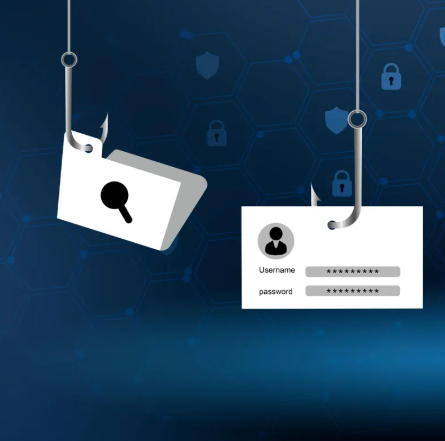
Cybercriminals continue to target one of the most vulnerable points in any organization: its employees. Even the most advanced security systems can be bypassed by a successful phishing attack. That’s why creating a robust phishing awareness program is crucial. With the right training and tools, you can equip your team to identify and thwart phishing attempts before they lead to serious damage.
Why Phishing Awareness Is Essential
Phishing attacks have become more sophisticated, often imitating trusted communication from colleagues, brands, or even leadership. These well-crafted emails can easily deceive even the most tech-savvy employees. By training your team to recognize phishing threats, you not only reduce the risk of breaches but also foster a culture of security awareness throughout your organization.
Did You Know?
Employees are 70% less likely to fall for phishing attempts after participating in an ongoing phishing awareness program.
Key Elements of a Strong Phishing Awareness Program
- Leadership Involvement and Visible Support
The success of a phishing awareness program hinges on leadership involvement. When top executives actively back the initiative, it signals to the rest of the organization that cybersecurity is a shared responsibility, not just an IT issue. - Consistent, Interactive Training
Effective training goes beyond simple lectures. Use interactive modules, real-world examples, and gamified elements to keep employees engaged. Make training sessions a regular event—quarterly or more frequently—to ensure the skills stay sharp and to address new phishing tactics. - Simulated Phishing Attacks
Conduct mock phishing campaigns where fake phishing emails are sent to employees. This exercise helps you identify weaknesses, reinforce training, and prepare staff for actual threats. - Timely Feedback and Education
If an employee falls for a simulated phishing attack, offer immediate, constructive feedback. The key is to educate them on what went wrong and how they can better identify similar threats in the future without placing blame. - Simple Reporting Channels
Make it easy for employees to report suspicious emails. Implement a straightforward way for them to forward concerns to your security team, such as a dedicated email address or a button within their email client.
Best Practices for Sustaining Long-Term Awareness
- Customize Training for Specific Roles
Certain employees, such as those in finance, HR, or executive roles, are more likely to be targeted with specialized phishing attacks. Tailor your program to address the specific risks each group faces. - Acknowledge and Reward Good Behavior
Celebrate employees who report phishing attempts or demonstrate strong security practices. Positive reinforcement fosters a culture of vigilance and encourages others to follow suit. - Keep Content Up to Date
Cyber threats evolve quickly. Regularly update training materials and phishing simulations to reflect the latest tactics, social engineering methods, and real-world scams. - Track Metrics and Make Improvements
Monitor key metrics such as click rates on simulated phishing emails, employee participation in training, and how often phishing emails are reported. Use this data to refine your program and provide additional support to high-risk groups. - Embed Awareness into Your Security Culture
Phishing awareness should be a part of your broader security culture, not a standalone initiative. Discuss cybersecurity topics in meetings, include them in newsletters, and incorporate them into onboarding for new employees.
Conclusion
Phishing awareness is an ongoing effort that requires commitment and active participation from every level of your organization. By implementing a comprehensive program that includes leadership support, interactive training, and continuous updates, you can ensure your team is equipped to defend against one of the most common and dangerous cyber threats today.


